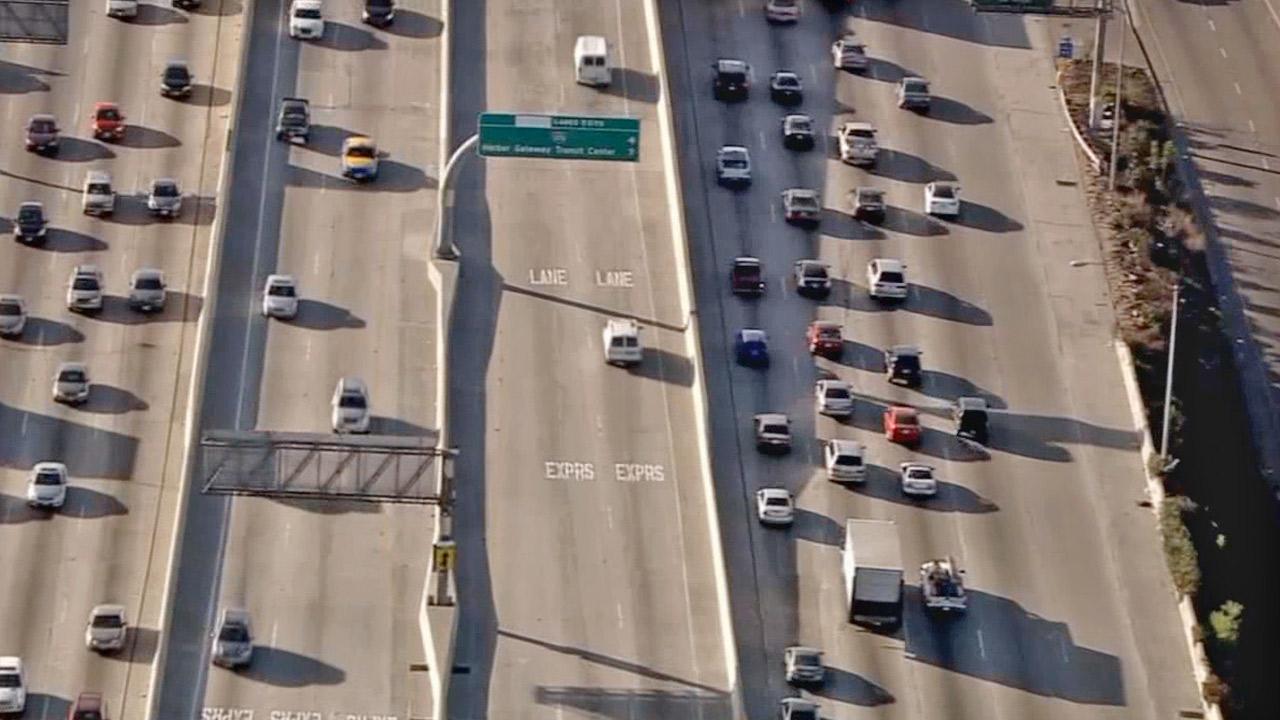
In a 2017 report on its ExpressLanes program, Metro officials said "the HOV system has been a victim of its own success," due both to high demand and legislation that allows Clean Air Vehicles (CAVs) like hybrid and electric cars to travel in HOV lanes even if they're driving solo (Metro recently started charging CAVs at a discounted rate). You may be asking: why is Metro taking this route? For the answer, just look around as you crawl along any one of SoCal's clogged freeways. As the technology exists today, adding toll lane infrastructure means taking up a bit more of the freeway's right-of-way, though Amiri said emerging tech in the next several years could affect the ultimate design. One thing the 36-month study will look at is how much space Metro has to work with on the 405. The 405 project is one of eight ExpressLane projects Metro aims to complete by 2027. "Some people have a little bit more flexibility in choosing when to travel than others." Do you need to be on the road, for instance, definitely at the peak hour, or can you go a little later?" Amiri said. "Pricing becomes an incentive or disincentive for you to make a decision.
#FREEWAY EXPRESS LINE LA FOR FREE#
Motorcyclists get to use the lane for free and don't need a transponder. Vehicles with two or more occupants can drive free on the 110 (so long as they have that transponder), but to take a toll-free trip on the 10 during peak hours, three or more people have to be in the vehicle. People driving alone are charged 25 cents per mile at minimum, and that price increases with demand.
#FREEWAY EXPRESS LINE LA DRIVERS#
Metro offers discounts for its transponder for lower-income drivers and waives that monthly $1 fee for those who qualify for the program.ĭrivers are charged per mile according to Metro's "demand-based pricing," which varies based on real-time traffic conditions. To use those lanes legally, drivers purchase a transponder for about $40 (and also have to pay a $1/month maintainence fee), which is mounted on their windshield and tracked along their route. On the 405, that would mean charging certain drivers to use those planned toll lanes at certain times, just as the existing ExpressLanes on portions of the 10 and 110 freeways do now. "On the freeway system, what we need to do is better manage congestion." County," said Shahrzad Amiri, who runs Metro's Congestion Reduction Program. "We're not going to be able to build our way out of congestion in L.A.

County is informed by a proven fact about congestion that has yet to be embraced by the public: adding more vehicle lanes is not a cure for traffic. Metro's work to add new toll lanes in L.A. now we're picking up the pieces and rolling." "They're just now coming online and everybody's like, 'Oh, my god, where did this project come from?' It was all discussed.

"Voters back in 2016 approved Measure M, which calls for the construction of all these projects," said Metro spokesman Rick Jager.


 0 kommentar(er)
0 kommentar(er)
